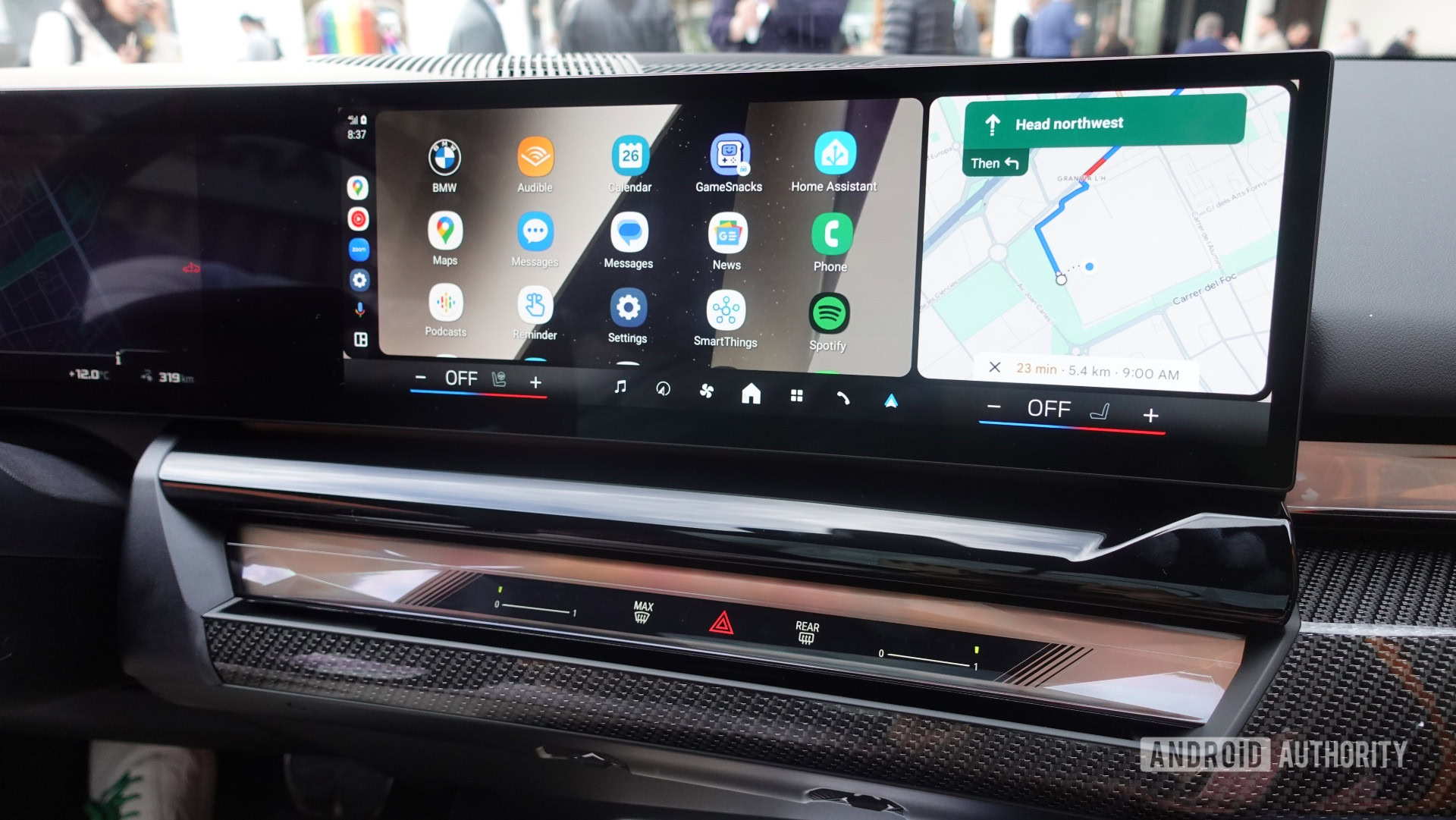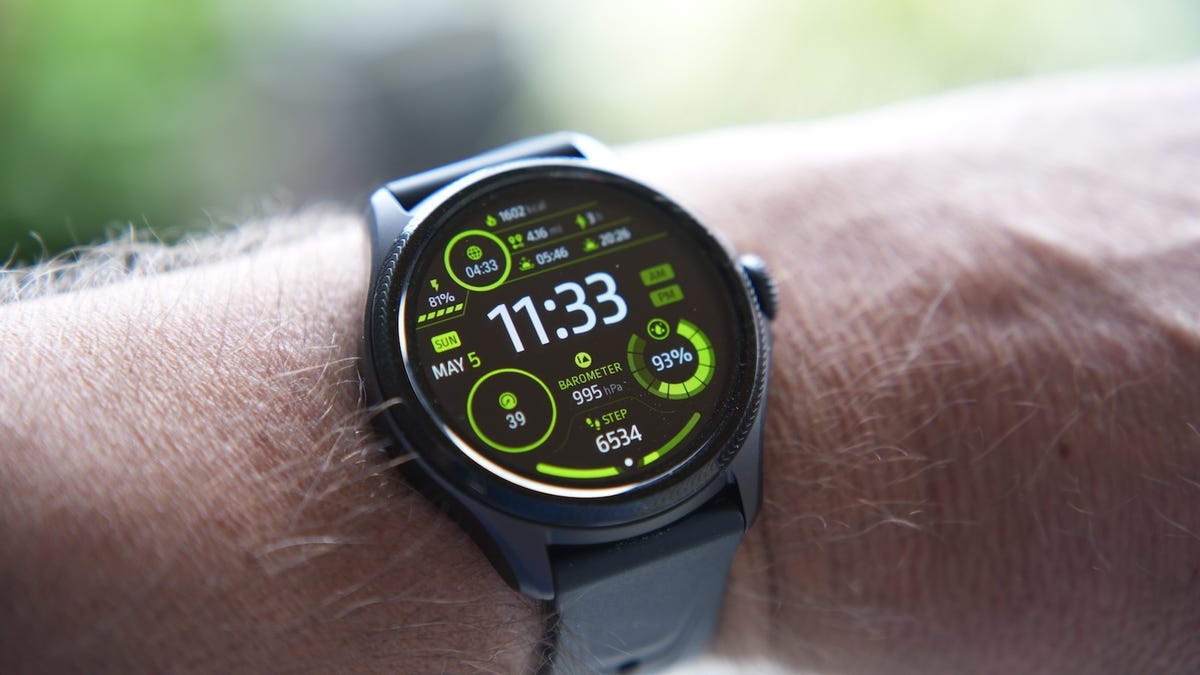
Google, the tech behemoth known for its search engine and Android operating system, has a puzzling reputation for leaking its highly-anticipated Pixel smartphones, whether inadvertently or through strategic maneuvers. These leaks have occurred through various channels, including app updates, promotional materials, and even Google’s own blog posts, providing eager tech enthusiasts and industry watchers with early glimpses of what’s to come.
The narrative of Google’s leaks began with the premature showcase of the Pixel 2 XL. In a seemingly unintended update to the Google Home app on the Play Store, images of the Pixel 2 XL were revealed just minutes before its planned announcement at the 2017 Pixel event. This slip-up was a significant giveaway, especially considering the build-up of leaks in the prior months, culminating in an accidental but clear confirmation of the device by Google itself.
Another fascinating instance was the exposure of the Pixel 3 through a cryptic commit to the Android Open Source Project (AOSP). Before any official announcements, this leak provided concrete evidence of the device’s existence, stirring discussions and speculations across the tech community.
In a bold and somewhat unprecedented move, Google proactively leaked the Pixel 4 via its @madebygoogle Twitter account in 2019. By sharing an image of the phone’s distinct square camera setup, Google seemed to embrace the leak culture, leveraging the tremendous amount of attention and buzz generated by the rumors and unofficial renders circulating online.
The Pixel 5 also saw its fair share of leaks through marketing materials that surfaced on a German tech site, revealed by tech leaker Roland Quandt. These leaks showcased the Pixel 5 in a mint-green color, along with other Google products, raising questions about whether Google was behind these leaks to create early excitement.
Perhaps the most blatant self-leak by Google was the detailed blog post about the Pixel 6 and its Tensor chip. Published months before the official release, the post detailed the custom mobile processor and the phone’s camera capabilities, serving as a strategic move to dominate the narrative and hype surrounding the new design.
More recently, the Pixel 8 series experienced a double-whammy of leaks with images appearing on Google’s subscription page and a full-length promotional video leaked on X (formerly Twitter). These leaks offered a comprehensive preview of the device’s features and design, continuing Google’s streak of pre-launch revelations.
This pattern of leaks has led to speculation about Google’s motives. Some believe these leaks are strategic, serving to build excitement, control the narrative, and counter competitors by keeping Google phones in the news cycle alongside major releases from Samsung and Apple. Regardless of the intent, Google’s leaks have become a characteristic part of the Pixel launch cycle, generating entertainment and anticipation among fans and followers.
In essence, while some companies might view leaks as detrimental, Google has seemingly embraced them as an integral aspect of its marketing strategy for the Pixel smartphones. Whether these leaks are deliberate or accidental, they manage to keep the Pixel brand at the forefront of tech conversations, adding a layer of intrigue and excitement to each new release.
Source








